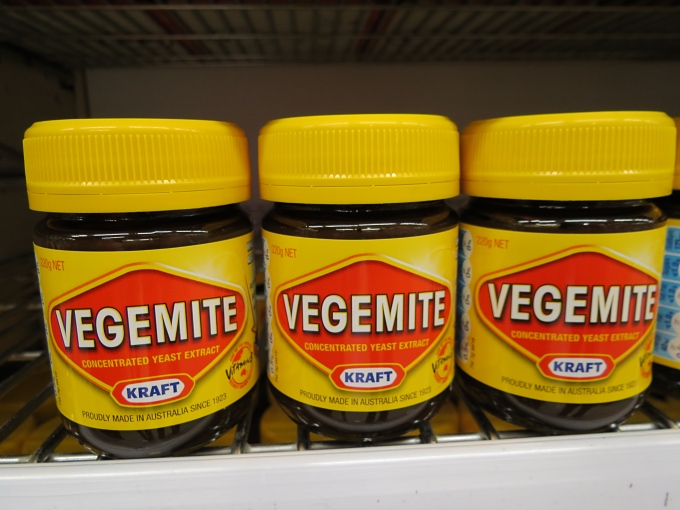Drinking Our Way Around the World
/Every country seems to have its most popular drink and we try to sample each one. We hate to miss anything that the locals think is good. Some are soft drinks; some are not so soft. We're equal-opportunity drinkers. We try them all.
First of all, everywhere we've traveled, there is one common denominator drink-wise: Coca Cola. In fact, we just learned that Coca Cola/Coke is the second most identifiable English word in the world, just behind “Okay” which is first. Most soft drinks are drunk warm, off the shelf in other countries. No ice mania like in the US. Usually the range of products is not broad. Unlike the diet, original, caffeine-free, vanilla, cherry, zero, ad infinitum offerings, there's Coke and, well, that's about it.
Peru had Inca Cola, a sweet, bright yellow, carbonated soft drink that was so sugary, it made our teeth hurt when we tried it. Pisco, however, is a distilled grape brandy that is absolutely wonderful. There's a controversy between Peru and Chile as to who makes the best pisco. Our friend, Gonzalo, is probably reading this and without a doubt, Peru wins this controversy in our book. Gonzalo makes the best “Pisco Sours” on the planet. We visited his friend's bodega, Vista Alegre, and got a first-hand look at the pisco-making process, sampling several pisco sours along the way. We have cruising friends who loved pisco so much, they converted a water tank in their boat to a pisco tank!
Rum in the Caribbean and South America was cheap, cheap, cheap. Every island seemed to have its own. Some rums we tried were magnificent and as sip-able as a cognac. Others never made it past our tongues for fear they would rot our throat and stomach linings on the way down.
Then, of course, there's kava in the South Pacific. David sampled kava in Tonga and Fiji where women traditionally don't partake of it. I was feeling a little left out. In Fiji, it was required by law that a certain amount of kava be presented to each village chief as a gift on arrival. We carried some with us all through our travels there. It's made from a particular black pepper plant (Piper methysticum) and tends to calm you, rather than intoxicate you. It also numbs your tongue and lips. We were told it gets stronger the farther west you go in the South Pacific. Originally, it was masticated by young men, spit into kava bowls, water was added and everyone drank. That's still done in some areas, but we (yes, even women in Vanuatu) sampled kava several times in Vanuatu and watched them make it the modern way, using a meat grinder. It tastes very much like mud water.
In New Zealand we tried L & P (Lemon & Paeroa), “world famous in New Zealand” and only in New Zealand. It's made with lemon and spring water from the town of Paeora and it's pretty good. It's a Kiwi-ana thing.
In Australia, Bundaberg Ginger Beer caught our attention first … mostly because we arrived in Bundaberg, I guess. Not to be confused with ginger ale, ginger beer is spicy and wonderful and we drank lots of it in Australia. We haven't started brewing it ourselves yet, but you can buy kits for it.
We sampled wines in many countries. Chile has its cabernet sauvignon. Malbec was best in Argentina. They even have malbec-flavored ice cream! Uruguay offered a new variety of wine … tannat … which is wonderful and still rarely available in the US. (I think the Uruguayans drink it all themselves.) New Zealand has perfected its sauvignon blancs. Tasmania has cool climate wines that were excellent. We especially enjoyed pinot gris. Australia has a vibrant wine industry, but their wines are expensive.
In addition to the fine wines offered in the Winelands of South Africa, we discovered Amarula. Oh, my, what a delectable cream liqueur. Made from the native marula fruit, elephants, zebra, kudu and rhinos all take advantage of this fruit when it's ripe in the wild.
Let's not forget maté, that bitter herbal drink that the Argentinos and Uruguayans drink constantly. We tried it and found it too bitter, but we're told it's an acquired taste.
We even threw back vodka shooters at the southernmost bar on the planet at the Ukranian Vernadsky Station in Antarctica. Talk about packing a wallop!
What's the best? Depends on our mood and where we are at the time. Wherever we are, that's the best at the moment. So what's your favorite drink?






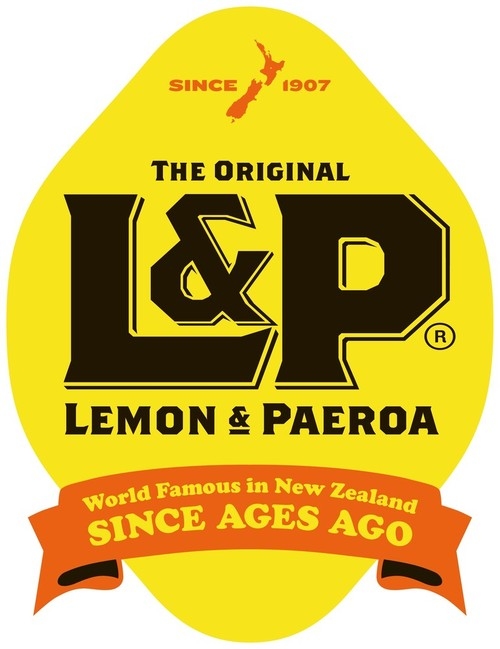
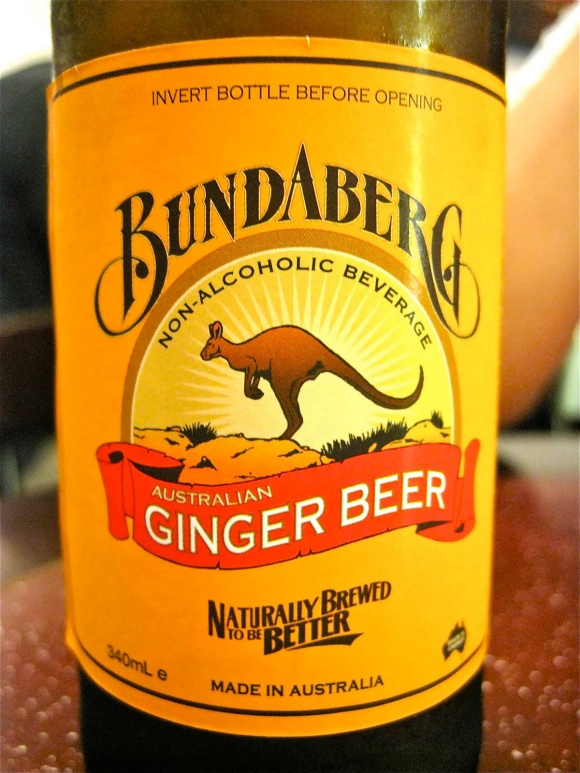



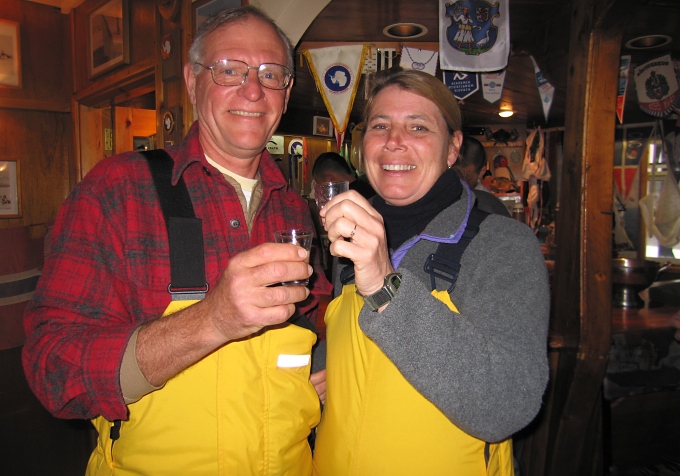

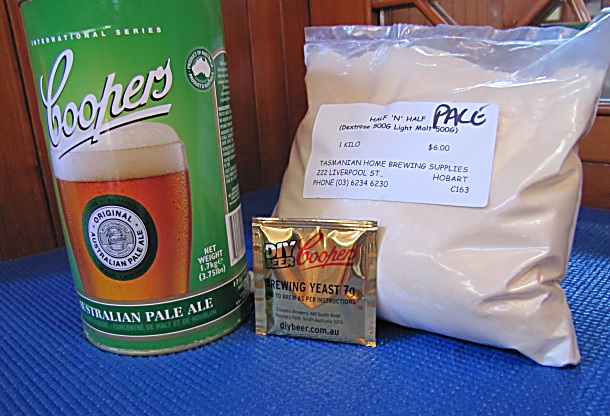
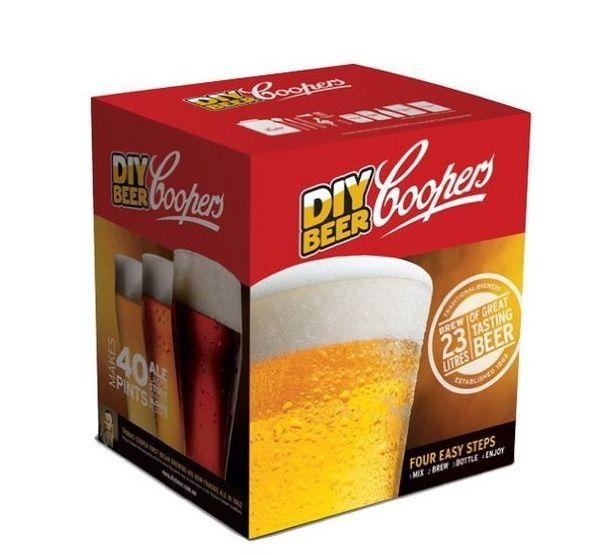

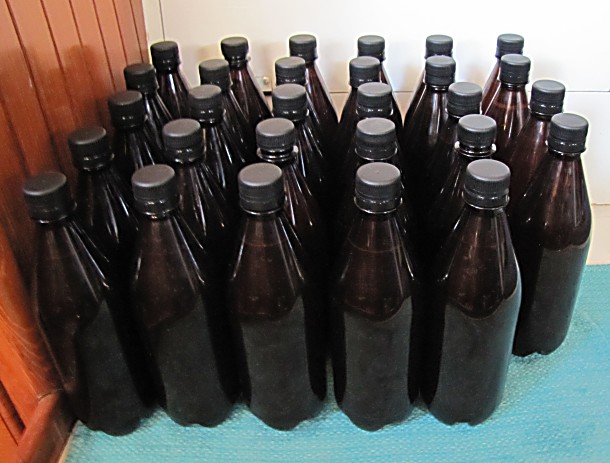
 via Amazon in the U.S. I highly recommend it.
via Amazon in the U.S. I highly recommend it.